US President Donald Trump made many heads turn after he ordered the Pentagon to start testing America’s nuclear weapons. Trump announced his social media platform, TruthSocial, hours before he met his Chinese counterpart, Xi Jinping. Trump’s order came at a time when Russia and China have been notoriously parading their nuclear might.
This made many speculate if a new kind of arms race has commenced in a turbulent world order. What is interesting is the fact that the nuclear weapons testing would end the US’s 33-year moratorium. The last confirmed nuclear test conducted by the country was back in 1992, when then-President George H.W. Bush established a moratorium on all nuclear testing.
Meanwhile, China has reportedly not tested a nuclear weapon since 1996, and Russia’s most recent tests involved delivery systems, not actual detonation of a nuclear device. Interestingly, before Trump’s announcement, the Bulletin of the Atomic Scientists set the Doomsday Clock to 89 seconds to midnight, “the closest it has ever been to catastrophe.”
However, it is pertinent to note that this is not the first time the United States has tested its nuclear weapons. Here’s why Trump’s latest announcement matters.
Can the US resume explosive tests after the moratorium?
While Trump’s directive fails to clarify whether he intends to test nuclear-capable missiles or launch full-scale explosive tests, if the US does resume explosive tests, the process could take more than a year and would require approval from Congress.
The White House would have to direct the Department of Energy to order nuclear laboratories to start preparing, “and since the United States doesn’t currently have a nuclear weapons test explosion program, Congress would have to appropriate the money,” Hans Kristensen, director of the Nuclear Information Project with the Federation of American Scientists, told The Independent.
“It would be expensive and take time: a simple explosion is 6-10 months, a fully instrumented test in 24-36 months, and a test to develop a new nuclear warhead is about 60 months,” according to Kristensen. Currently, Congress is divided on the matter.
Impact Shorts
More ShortsInterestingly, Trump ordered the Department of Defence to perform the tests, but ultimately, it is the National Nuclear Security Administration under the Department of Energy that is responsible. However, the Pentagon could perform tests of nuclear-capable missiles.
If Trump is referring to just that, then his proclamation appears to be similar to the one he delivered on August 1, when he dispatched two nuclear submarines to “appropriate regions” in response to Russia’s nuclear threats, “just in case these foolish and inflammatory statements are more than just that,” he said at the time.
But what does an explosive nuclear test look like?
On July 16, 1945, the United States tested a plutonium implosion device, 200 miles south of Los Alamos, New Mexico, home of the world’s first-ever nuclear explosion. It was famously called the “Trinity” test, which released more than 18 kilotons of power.
The shockwave of the test was so intense that the heat knocked nearby observers to the ground. Witnesses who were miles and miles away reported seeing an immense explosion that filled the sky with fire and black smoke.
Interestingly, the US did not publicly disclose that it conducted the test until after the bombing of Hiroshima and Nagasaki, Japan, in August 1945, which killed tens of thousands of people. Since then, the country has performed more than 1,000 tests. This accounts for more than half of all global nuclear weapons tests in the decades that followed.
Most of these tests were conducted underground with nuclear devices detonated at varying depths below the earth’s surface. According to The Independent, these explosions are believed to emit negligible nuclear fallout levels compared to atmospheric tests, but they can still produce dangerous radioactive debris if they “vent” to the surface, or leak into groundwater
The US also performed explosive tests in the Marshall Islands and Kiritimati Island in the Pacific Ocean. Most of the nuclear weapons testing was banned under the Partial Test Ban Treaty of 1963, barring the underground tests.
Underground tests weren’t banned until the Comprehensive Nuclear-Test-Ban Treaty, which was signed by the world’s atomic powers in 1996. Interestingly, the US never ratified the treaty, and it was also rejected by the Senate.
How would the world react to such a test?
According to the Federation of American Scientists, World powers possess more than 12,000 nuclear warheads, out of which the US and Russia possess roughly 87 per cent of the world’s nuclear weapons inventory and 83 per cent of warheads available for military use.
Trump’s announcement came at a time when another key safeguard against a global arms race between the two major nuclear powers is set to expire in February next year. The New Strategic Arms Reduction Treaty has sought to limit the United States and Russia to no more than 1,550 deployed warheads on no more than 700 operational launchers. However, no talks have been underway on another agreement.
Melissa Parke, director of the International Campaign to Abolish Nuclear Weapons, told The Independent that Trump’s remarks are an “unnecessary and reckless nuclear threat escalation” that disregards “the ongoing harm already caused over the last 80 years by nuclear detonations.” “By the way, this is no way to win the Nobel Peace Prize,” she exclaimed.


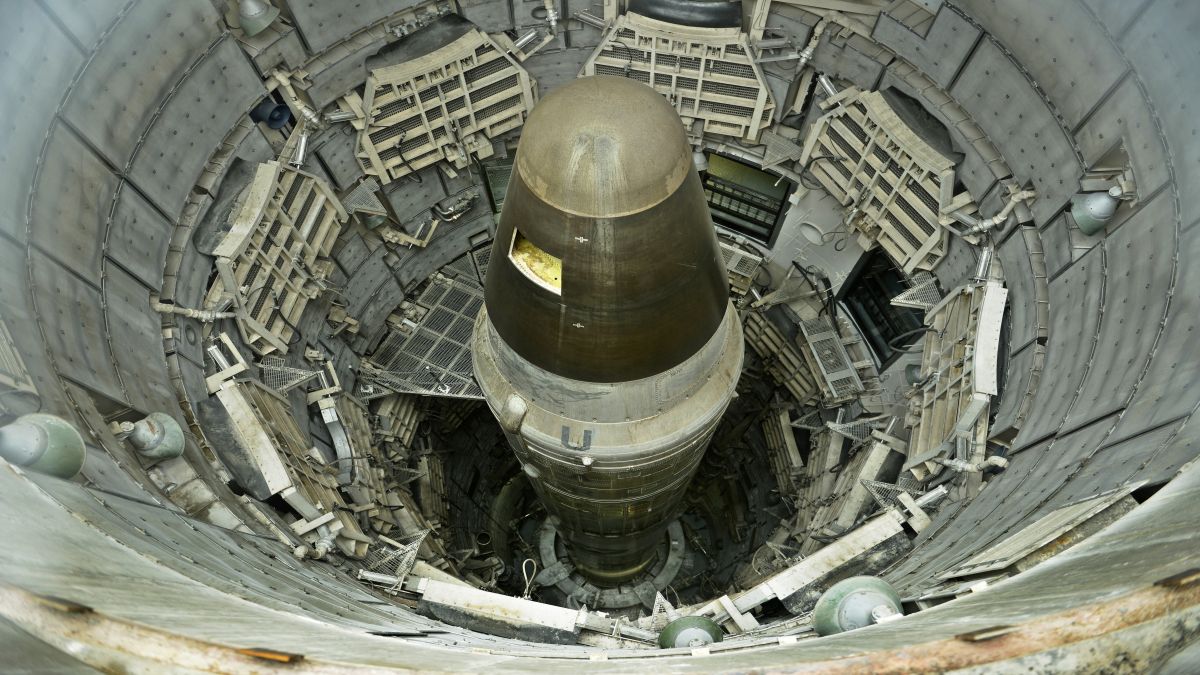)
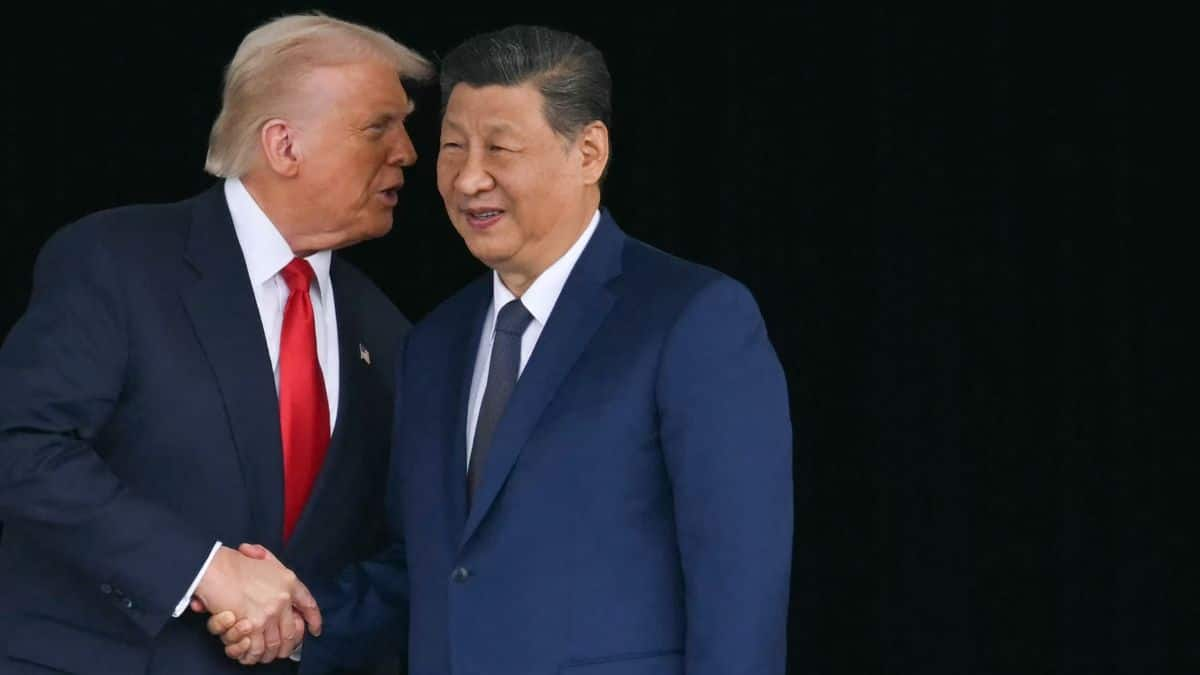
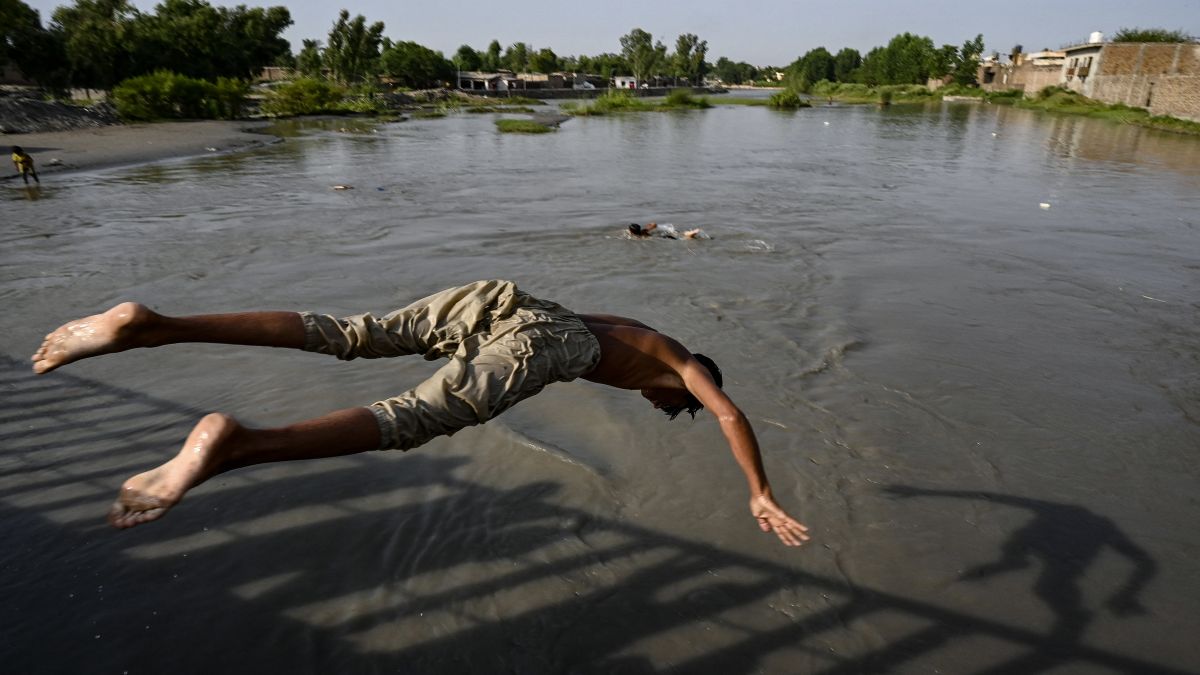)
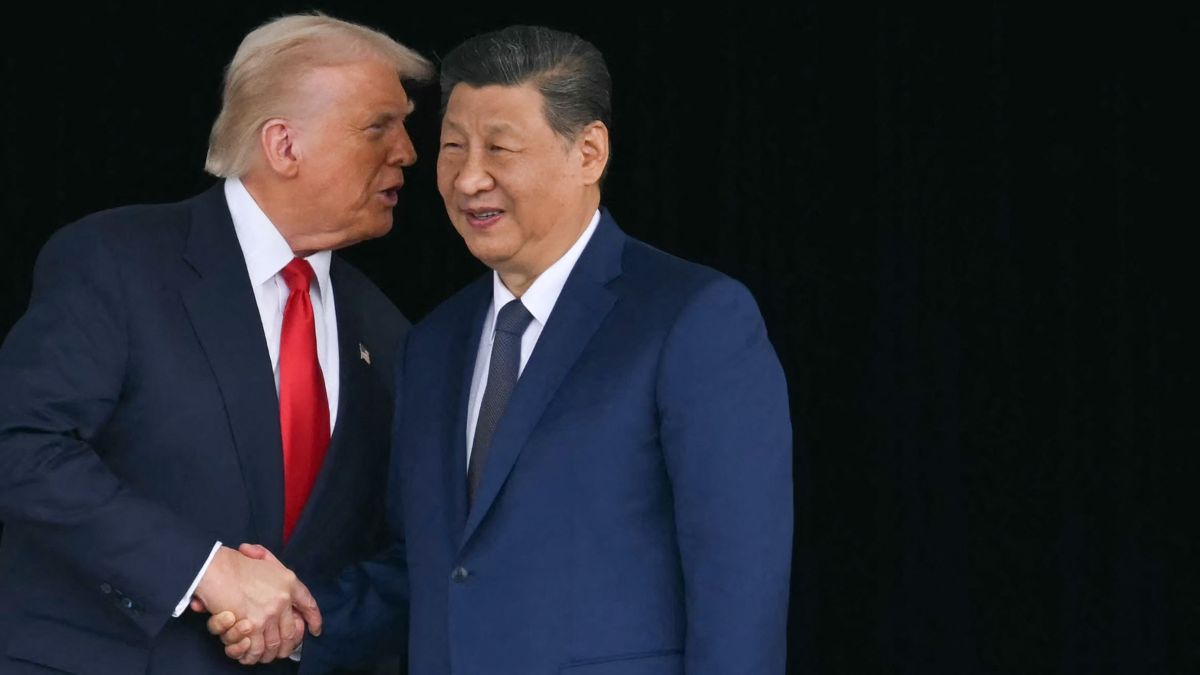)
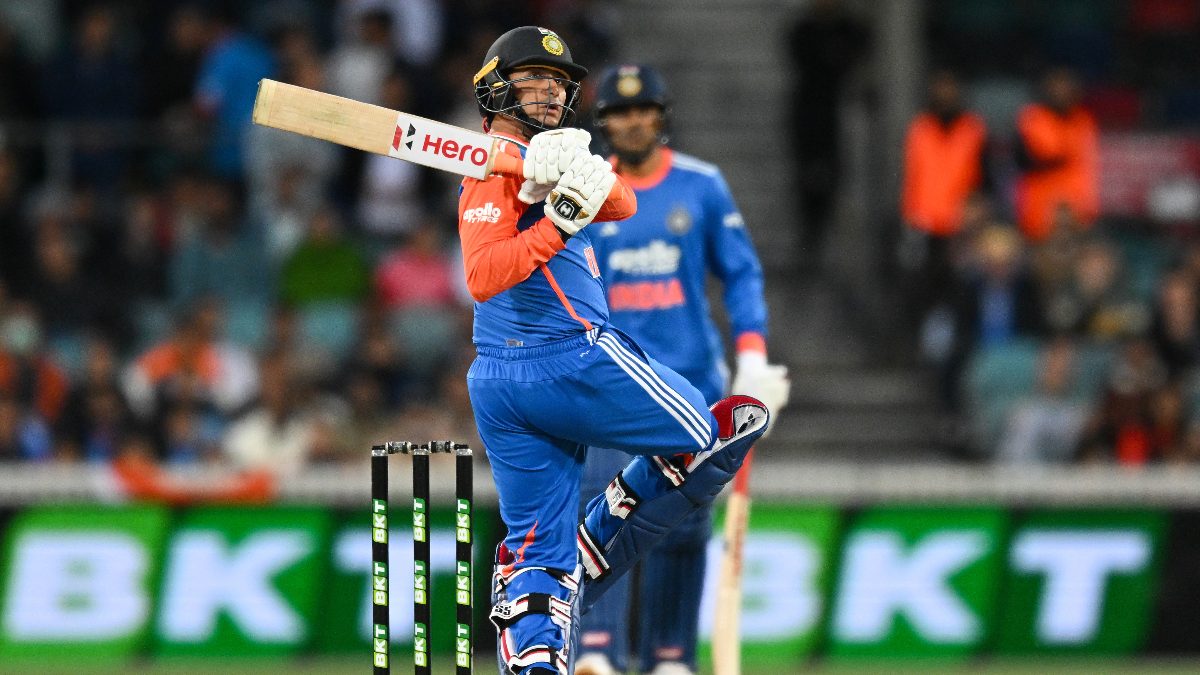)
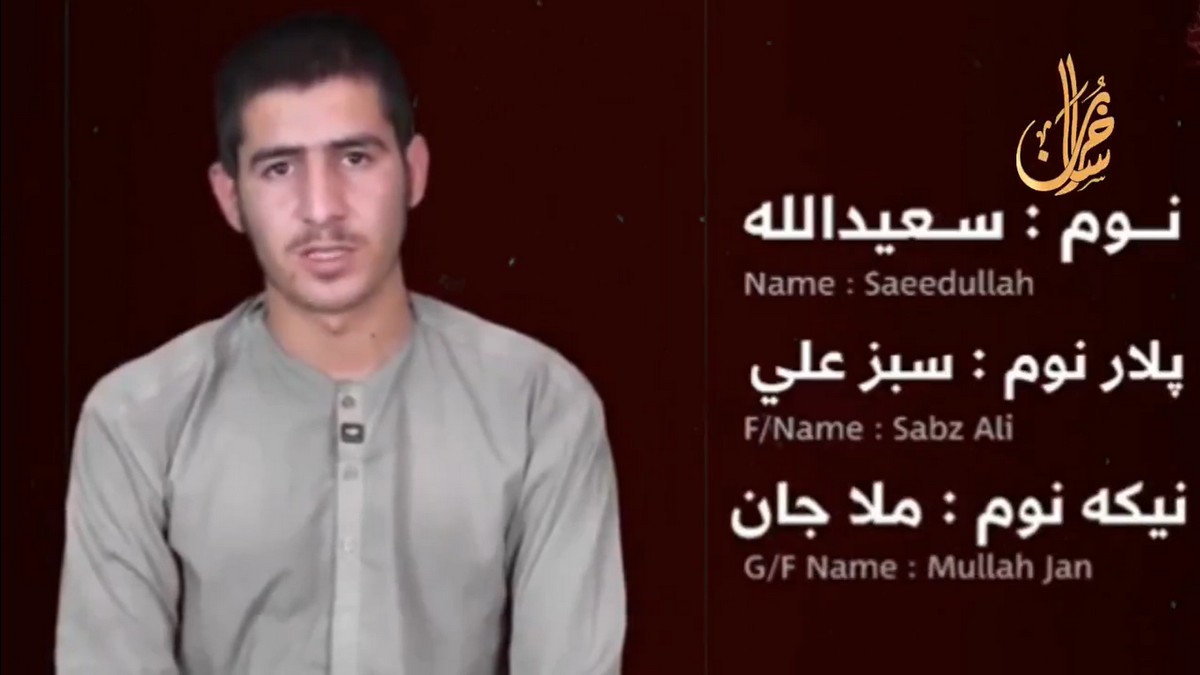)
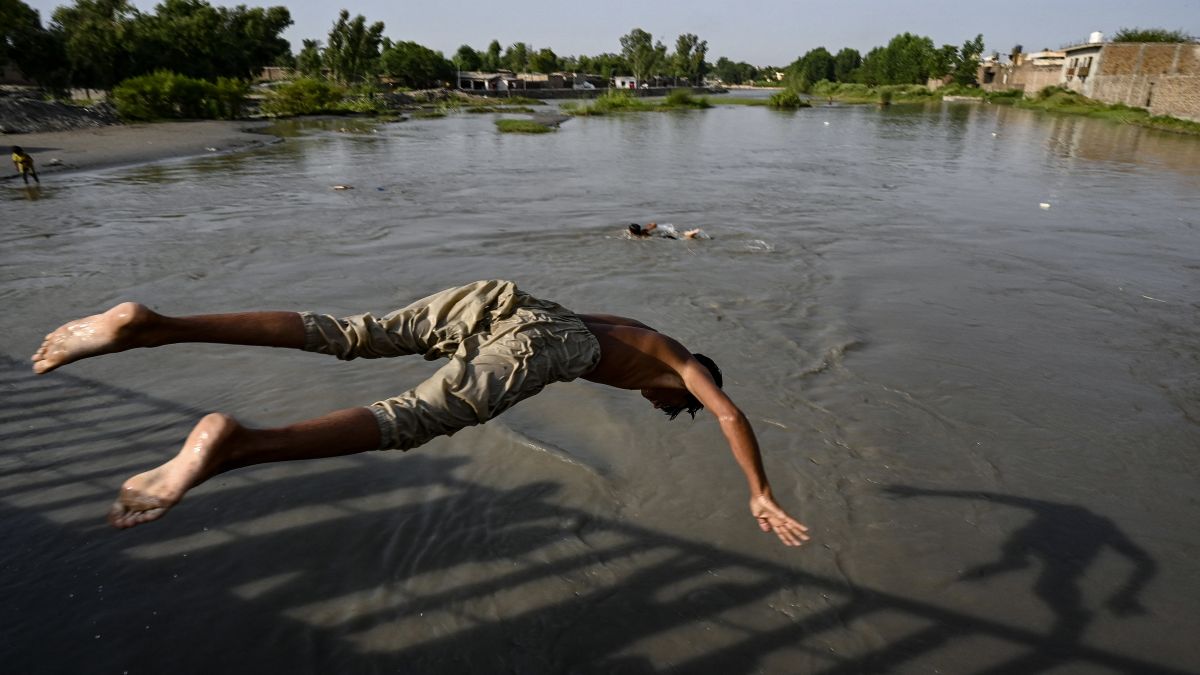)
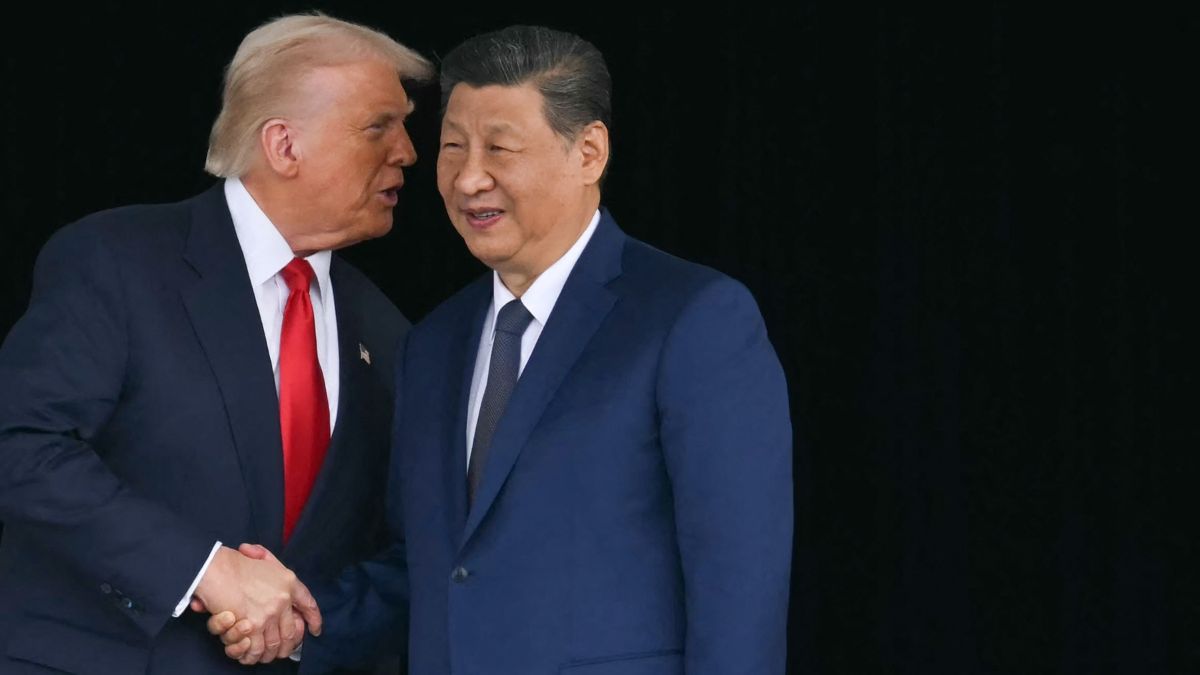)
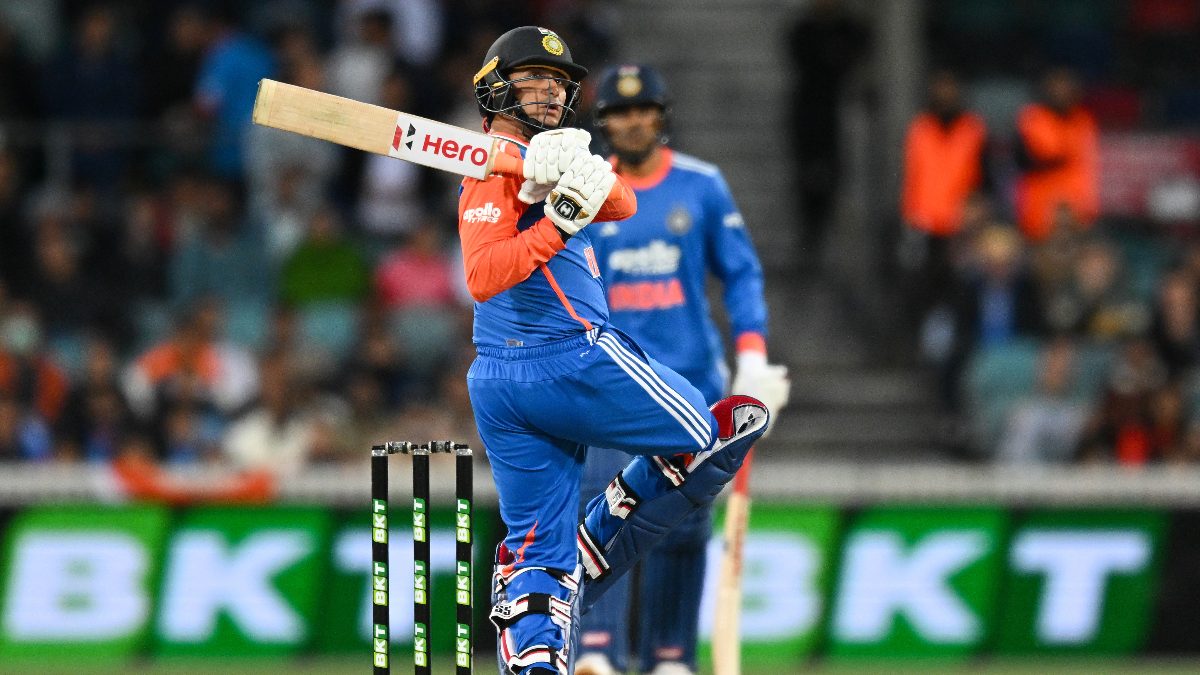)
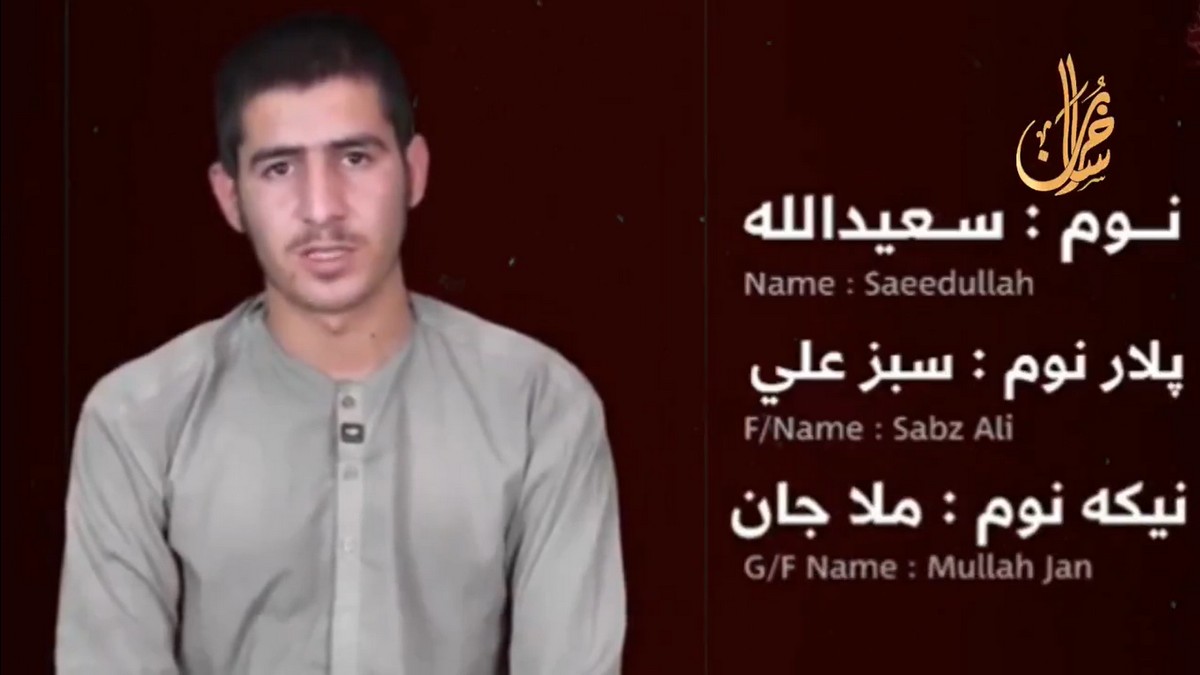)



